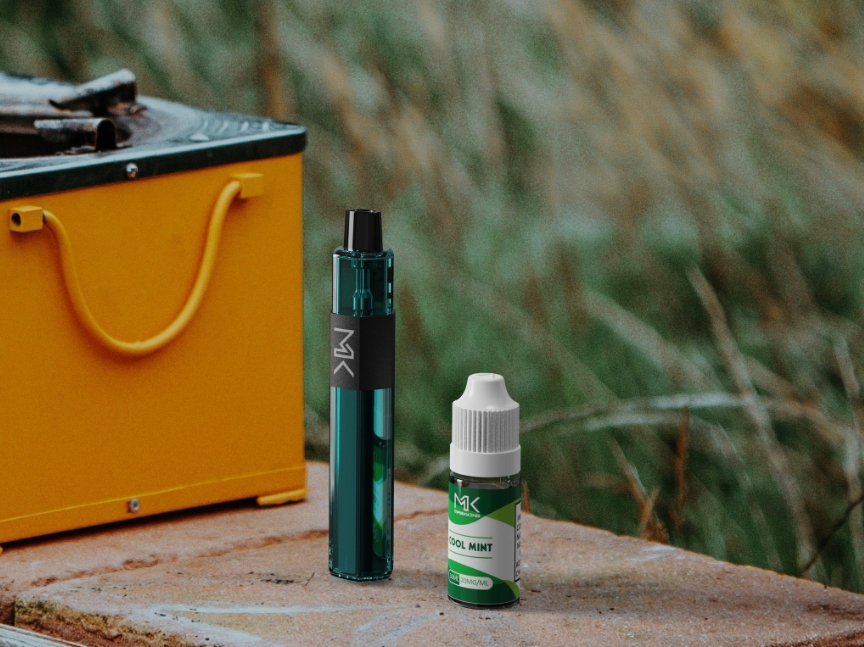
Upload time:2024-03-28| Author:Maskking
Vaping has seen a surge in popularity, offering an extensive array of flavors and experiences for enthusiasts. Amidst this surge, questions arise regarding the shelf life and safety of vape juice. In this comprehensive exploration, we delve into the intricate world of e-liquids, addressing inquiries such as: does vape juice expire, how long does it last, how to identify expiration, optimal storage practices, and the safety implications of using expired e-liquids.
Indeed, vape juice has a limited lifespan. E-liquid expiration occurs due to the natural degradation of its components over time. Ingredients such as nicotine, flavorings, and base liquids can undergo chemical changes, altering the composition and quality of the liquid. Notably, disposable e-cigarettes also have an expiration date, typically determined by the battery's lifespan or the e-liquid's degradation.
Determining whether vape juice has reached its expiration date requires a keen eye and a discerning palate. Several telltale signs can help identify expired e-liquid:
Flavor: Expired e-liquid often exhibits a stale or muted flavor, lacking the vibrancy of fresh juice.
Smell: A sour or off-putting odor suggests degradation and potential expiration.
Color: Any noticeable changes in color, such as darkening or discoloration, may signify deterioration.
Separation: If the components of the e-liquid have visibly separated, it indicates a loss of homogeneity and potential expiration.
Cloudiness: A cloudy or hazy appearance suggests chemical changes within the liquid, indicating expiration.

Typically, its quality remains optimal for one to two years from the date of manufacture, serving as a guideline for its viability. However, once a bottle of e-liquid is uncorked, its clock starts ticking. Within approximately six months to a year of opening, the juice begins to undergo noticeable changes, heralding the onset of degradation. During this time, subtle shifts in flavor, texture, and aroma may become apparent, signaling the e-liquid's departure from its prime state.
Preserving the freshness and quality of e-liquids necessitates meticulous attention to storage practices. To extend the lifespan of your vape juice, consider the following strategies:
Keep bottles sealed: Limit oxygen exposure to preserve freshness.
Keep it in a cool, dark place: Avoid exposure to heat and sunlight, as they accelerate chemical decomposition.
Buy smaller bottles: Less air enters the bottle upon opening, preserving freshness.
Keep vaping equipment clean: Dirty equipment can introduce bacteria, compromising the quality of the juice.
Check expiration date: Pay close attention to the expiration date provided by the manufacturer.

While there are no reported incidents of serious harm from vaping expired e-liquid, it's generally not recommended. The consensus in the vaping community leans towards caution, as expired e-liquids may have compromised flavor and quality. To prioritize safety and enjoyment, it's advisable to refrain from using e-liquids past their expiration date.
In conclusion, understanding the expiration of vape juice and the associated safety considerations is crucial for vapers. By recognizing the signs of expiration, implementing proper storage techniques, and exercising caution with expired e-liquids, users can optimize their vaping experience. While the risks of using expired e-liquids may be minimal, erring on the side of caution ensures a safer and more enjoyable vaping journey.